This bike was designed for Sealed Lead Acid (SLA) batteries. It used two 12V 5Ah batteries in series. The combined weight of two Expert Power EXP1250 batteries is 6.7 lbs.
Besides being heavy, SLA batteries require a constant trickle charge to maintain shelf life and should be charged immediately after use to prevent sulfation [2]. This meant I would need to charge at home and at work, carrying the charger with me at all times or buying two chargers. Another downside is SLA batteries last only 3-5 years because they are limited to 200 charge cycles.
I've had this bike for almost 10 years and have replaced the batteries 3 times after they start to fail. Each time, I planned on converting the bike to Lithium or a different lighter and denser chemistry but the risk and cost deterred me. However, since it's invention in 1996 by Goodenough et al. [3], LiFePO4 is widely used in electric vehicles and bikes because they are light, safer, and support up to 2000 charge cycles. So I decided to take the plunge.
 Lucas Rangit MAGASWERAN
Lucas Rangit MAGASWERAN
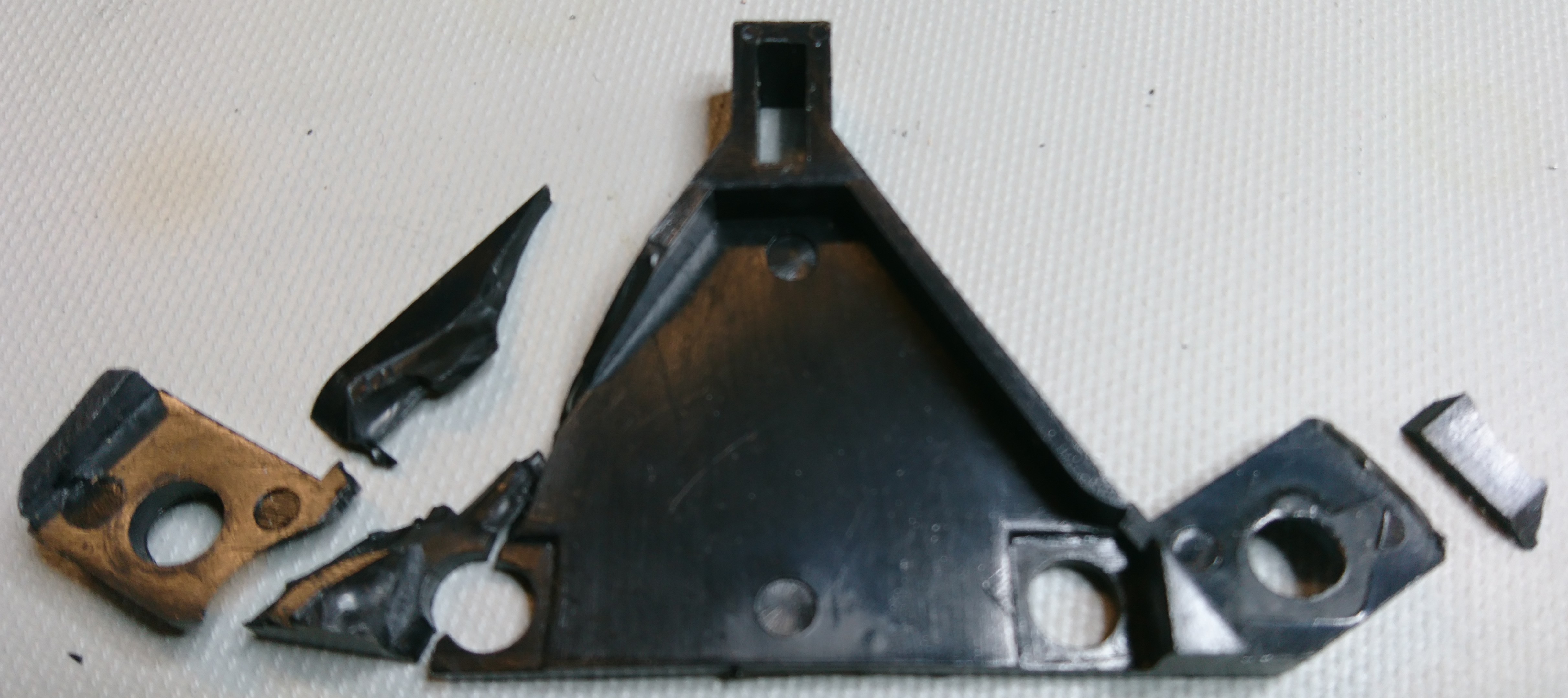
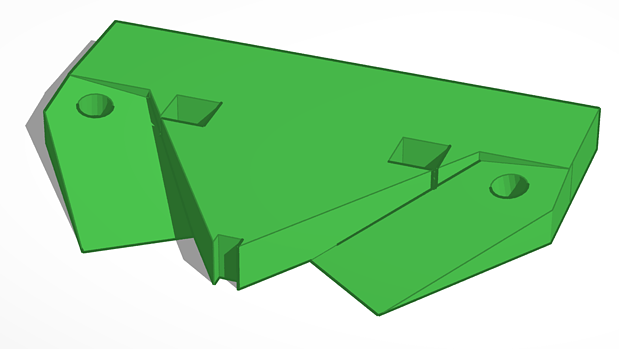

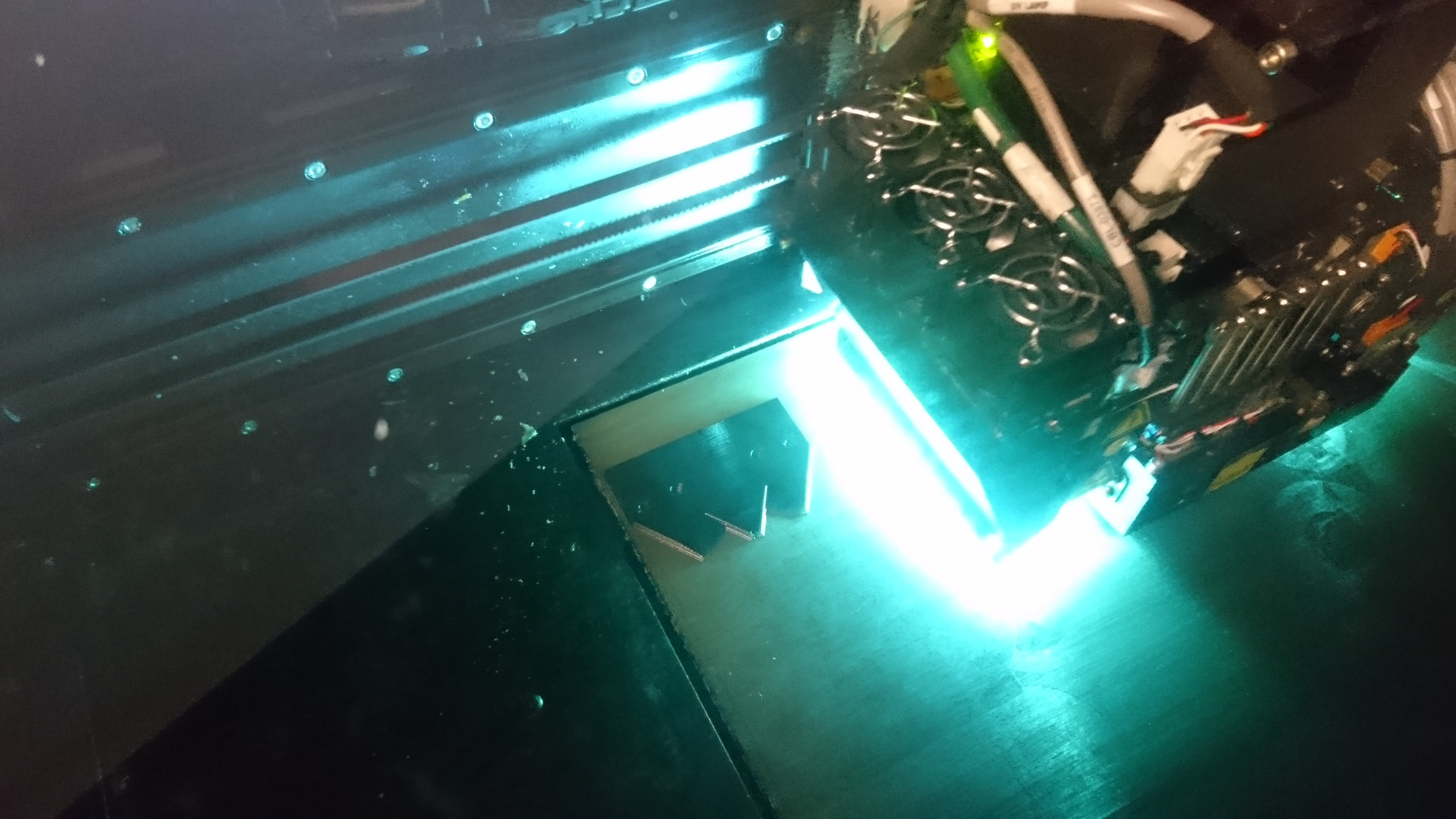
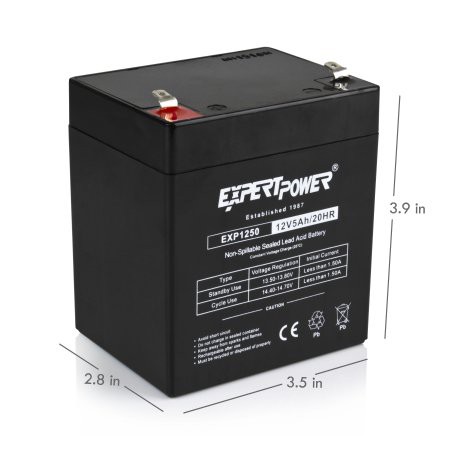
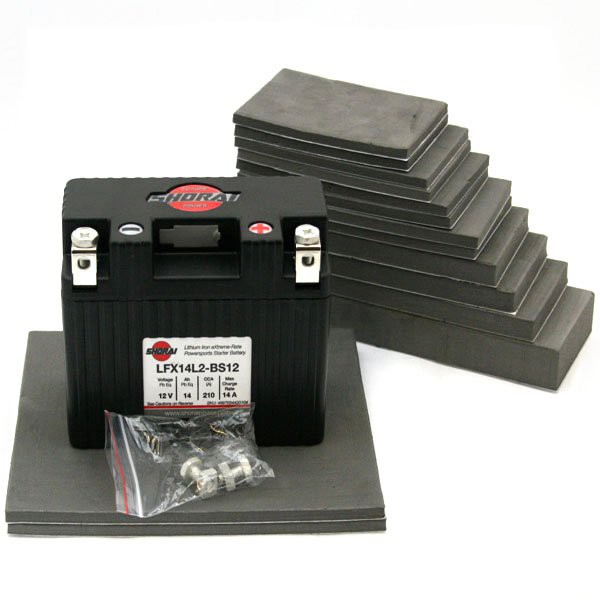


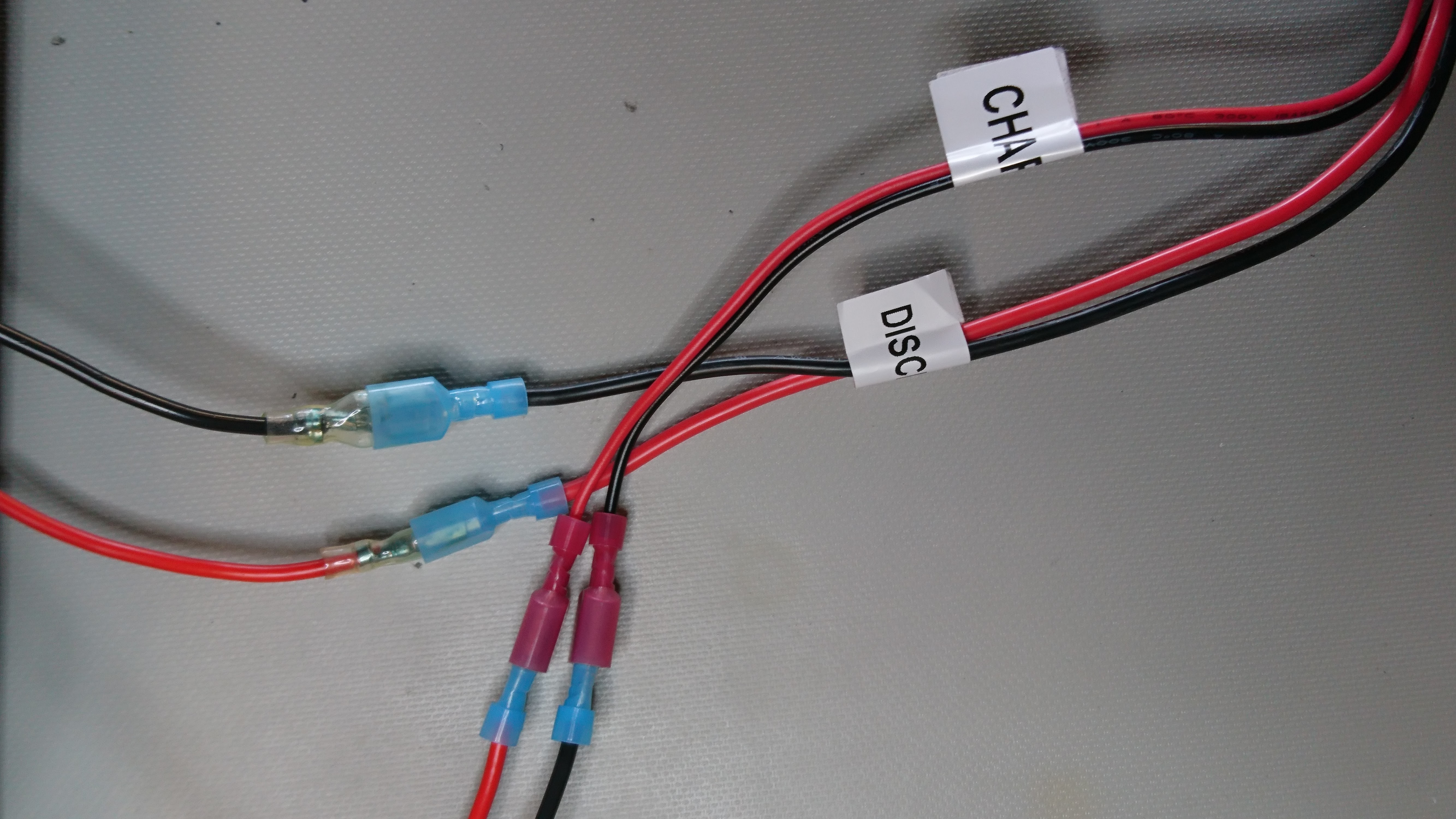

 Rory
Rory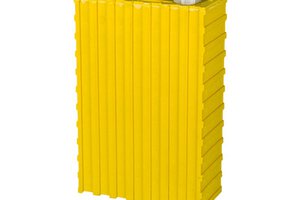

 Insapio Limited Company
Insapio Limited Company
 Roger
Roger
I have a couple questions. 1. What did you do for the charging wires? Just hook them up to the old port? And 2. Did you just connect the discharge wires to the old discharge port?